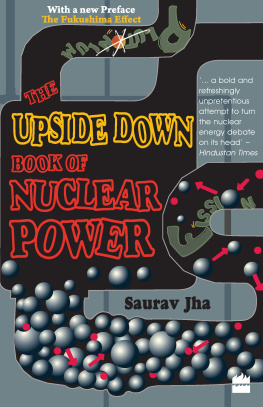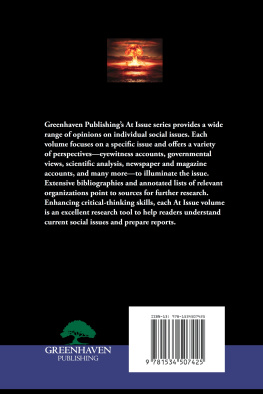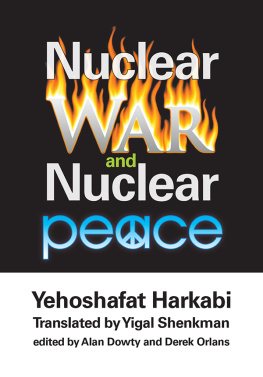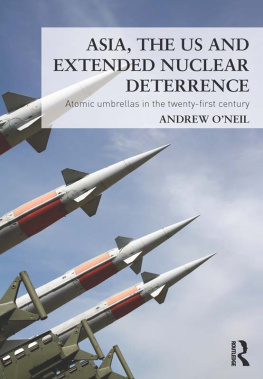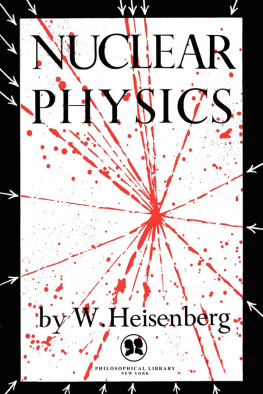GARLAND STUDIES IN
AMERICAN POPULAR HISTORY AND CULTURE
edited by
JEROME NADELHAFT
UNIVERSITY OF MAINE
Garland Studies in American Popular History and Culture
Jerome Nadelhaft, series editor
Political Cartoons in the 1988 Presidential Campaign: Image, Metaphor, and Narrative
Janis L. Edwards
The Origins and Early Development of Professional Football
Marc S. Maltby
Seduction, Prostitution, and Moral Reform in New York, 1830-1860
Larry Whiteaker
Hollywoods Vision of Team Sports: Heroes, Race, and Gender
Deborah V. Tudor
The Flamingo in the Garden: American Yard Art and the Vernacular Landscape
Colleen J. Sheehy
Textual Vehicles: The Automobile in American Literature
Roger N. Casey
Film and the Nuclear Age: Representing Cultural Anxiety
Toni A. Perrine
Lesbian and Gay Memphis: Building Communities Behind the Magnolia Curtain
Daneel Buring
Making Villains, Making Heroes: Joseph R. McCarthy, Martin Luther King, Jr., and the Politics of American Memory
Gary Daynes
America Under Construction: Boundaries and Identities in Popular Culture
Kristi S. Long and Matthew Nadelhaft, editors
AIDS, Social Change, and Theater: Performance as Protest
Cindy J. Kistenberg
When the Spirit Says Sing!: The Role of Freedom Songs in the Civil Rights Movement
Kerran L. Sanger
African American Nationalist Literature of the 1960s: Pens of Fire
Sandra Hollin Flowers
The Rehabilitation of Richard Nixon: The Medias Effect on Collective Memory
Thomas J. Johnson
Chicano Images: Refiguring Ethnicity in Mainstream Film
Christine List
At a Theater or Drive-in Near You: The History, Culture, and Politics of the American Exploitation Film
Randall Clark
Teatro Hispano: Three Major New York Comapnies
Elisa de la Roche
Lolita in Peyton Place: Highbrow, Lowbrow, and Middlebrow Novels of the 1950s
Ruth Wood
Contra Dance Choreography: A Reflection of Social Change
Mary Dart
Public Discourse and Academic Inquiry
William Craig Rice
First published 1998 by Garland Publishing, Inc.
Published 2018 by Routledge
2 Park Square, Milton Park, Abingdon, Oxon OX14 4RN
52 Vanderbilt Avenue, New York, NY 10017
First issued in paperback 2018
Routledge is an imprint of the Taylor & Francis Group, an informa business
Copyright 1998 Toni A. Perrine
All rights reserved. No part of this book may be reprinted or reproduced or utilised in any form or by any electronic, mechanical, or other means, now known or hereafter invented, including photocopying and recording, or in any information storage or retrieval system, without permission in writing from the publishers.
Notice:
Product or corporate names may be trademarks or registered trademarks, and are used only for identification and explanation without intent to infringe.
Library of Congress Cataloging-in-Publication Data
Perrine, Toni A.
Film and the nuclear age : representing cultural anxiety /
Toni A. Perrine.
p. cm. (Garland studies in American popular history
and culture)
Filmography: p.
Includes bibliographical references and index.
ISBN 0-8153-2932-6 (alk. paper)
1. Nuclear war in motion pictures. I. Title. II. Series.
PN1995.9.W3P49 1997
791.43658dc21 97-31934
ISBN 13: 978-1-138-96976-6 (pbk)
ISBN 13: 978-0-8153-2932-9 (hbk)
The unleashed power of the atom has changed everything save our modes of thinking, and we thus drift toward unparalleled catastrophe.
Albert Einstein
The atomic bombings of Hiroshima and Nagasaki in August, 1945 changed forever the way humankind could imagine its collective future. The profound implications of the change were not immediately apparent to most people in 1945 but in the following decade, a growing realization of the fact of possible nuclear destruction forced itself into the consciousness of ever growing numbers of people. Ambivalence towards the bomb, best signified by the simultaneous fascination and horror that a mushroom cloud elicits, has remained a constant. By 1954, both the U.S. and U.S.S.R. had tested hydrogen bombs and were working on intercontinental missile delivery systems as part of an escalating arms race. Nuclear war became a very real possibility that inexorably impressed itself into human consciousness and more broadly, into human culture.
The idea of widespread disaster has existed since early in human history. For example, the flood stories of many world mythologies, and the Biblical apocalypse, whose millennial expectations of the end of the world were outlined in the Book of Revelation, imagined large-scale destruction delivered by divine force. Plagues, natural disasters, extended warfare and the possibility of mass death inherent in such events have always been a part of human existence and human consciousness. A qualitative shift, however, took place with the development of nuclear weapons in the middle of the twentieth century. Now neither gods nor nature, but a human technological creation, the Bomb, had the potential to wreak destruction on a nearly unimaginable scale. In American culture, the acknowledgment of this possibility shook the fundamental belief in the inevitability of progress and the attainability of a technological utopia. Perhaps more significantly, the possibility of nuclear disaster challenged the very foundation of human existence in Western culture, based, as it was, on a belief in collective continuity despite individual mortality.
This shift in human consciousness has manifested itself in mass culture in various ways at various times. The exact nature of the exchange between a society and the popular culture it produces remains open to diverse theories. It is clear however, that at some level, societal preoccupations shape the production of mass culture and that conversely, cultural products may influence the ideas of the society as a whole. In the specific case of film and nuclear disaster, the dynamics of exchange range from directly causal, i.e., the possibility of nuclear war is the primary concern of the film and the filmmakers obviously want to express a point of view on the issue, to much less directly linked, as with films that can be said to operate at the level of displaced nuclear anxiety. Consequently, this analysis of the way popular films represent nuclear disaster addresses both how the films work at the level of representation and examines what information they contain about cultural attitudes towards nuclear issues.
My primaiy interest here is in commercial feature films produced by the dominant entertainment industry and intended for a general audience. These films offer various ways of representing the idea of nuclear disaster ranging from direct engagement with the current possibility of nuclear war as in The Day After (1983), to operating in a dystopic postnuclear future as with A Boy and His Dog (1975), to displaced nuclear anxiety as in


